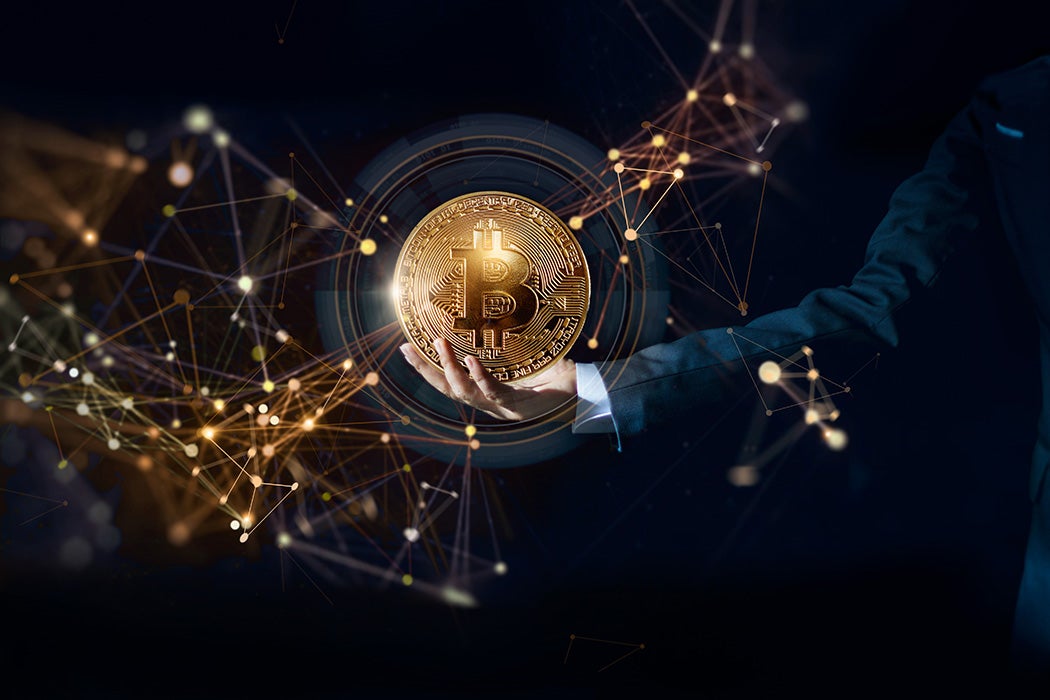Instructions

In an era dominated by digital currencies and virtual transactions, traditional physical coins continue to defy expectations, proving that their charm and significance remain undiminished. While cryptocurrencies surge in popularity, these tangible pieces of currency still hold a unique place in our economic and cultural landscape.
Beyond mere monetary value, coins represent more than just a medium of exchange. They are historical artifacts, cultural symbols, and personal mementos that connect us to traditions and memories. From commemorative coins marking significant events to the satisfying weight of a handful of change, physical currency maintains an irreplaceable tactile and emotional resonance.
The enduring appeal of physical coins demonstrates that despite technological advances, some forms of value transcend digital boundaries. They serve as a reminder that not everything of worth can be reduced to a blockchain entry or digital wallet balance. In a world increasingly driven by intangible transactions, coins remain a grounding, tangible link to our economic heritage and personal experiences.
Coins in the Digital Age: The Enduring Legacy of Physical Currency
In an era dominated by digital transactions and cryptocurrency, the humble physical coin continues to hold a profound significance that transcends mere monetary value. The tactile connection between humans and currency represents a complex narrative of economic evolution, cultural identity, and personal history that cannot be replicated by digital alternatives.
Bridging Tradition and Innovation in the World of Money
The Psychological Significance of Tangible Currency
Physical coins represent more than just monetary exchange; they are historical artifacts that capture the essence of human civilization. Each coin tells a story of economic development, cultural heritage, and technological progression. Numismatists and economists alike recognize that these metallic tokens carry intrinsic value beyond their face value, serving as miniature time capsules that document societal changes.
The psychological impact of holding a physical coin cannot be understated. Unlike digital transactions that feel ephemeral and abstract, coins provide a sensory experience that connects individuals to economic transactions. The weight, texture, and visual design of coins create a tangible memory of economic interaction that digital currencies fundamentally lack.
Economic Resilience of Physical Currency
Despite the rapid digitalization of financial systems, physical coins maintain a critical role in global economic infrastructure. Developing economies, rural communities, and regions with limited technological infrastructure continue to rely heavily on cash-based transactions. Coins serve as a reliable medium of exchange that doesn't require electricity, internet connectivity, or sophisticated technological understanding.
Moreover, physical currency acts as a crucial backup system during technological disruptions. Natural disasters, cyber attacks, or infrastructure failures can render digital payment systems temporarily inoperable, making physical coins an essential economic safety net. This resilience underscores the continued relevance of traditional monetary forms in an increasingly digital world.
Cultural and Collectible Dimensions of Coinage
Coins transcend their monetary function to become cultural artifacts and collectible items. Numismatic enthusiasts worldwide invest significant resources in collecting rare and historically significant coins. These collections represent more than financial investments; they are preserved historical narratives that document economic, political, and artistic developments across different civilizations.
The artistry embedded in coin design reflects the cultural sophistication of societies. From intricate national emblems to commemorative editions celebrating historical events, coins serve as miniature canvases that communicate national identity, artistic expression, and historical commemoration.
Technological Coexistence and Future Prospects
The future of currency is not about complete replacement but harmonious coexistence between physical and digital monetary systems. Emerging technologies like blockchain and digital wallets are not rendering coins obsolete but are creating complementary financial ecosystems that leverage the strengths of both traditional and innovative monetary forms.
Governments and financial institutions are increasingly recognizing the need to maintain a balanced approach. While promoting digital transactions, they continue to mint coins that serve diverse economic and cultural purposes. This nuanced strategy ensures financial inclusivity and respects the multifaceted role of physical currency in society.
Environmental and Economic Sustainability
Contrary to popular belief, physical coins can be more environmentally sustainable compared to some digital transaction methods. Modern minting technologies have significantly reduced the environmental footprint of coin production. Additionally, coins have longer lifespans compared to paper currency and require minimal energy for circulation.
The recycling potential of metal coins further enhances their ecological credentials. Many countries have implemented sophisticated recycling programs that repurpose old coins, demonstrating the potential for sustainable monetary practices that align with contemporary environmental consciousness.
